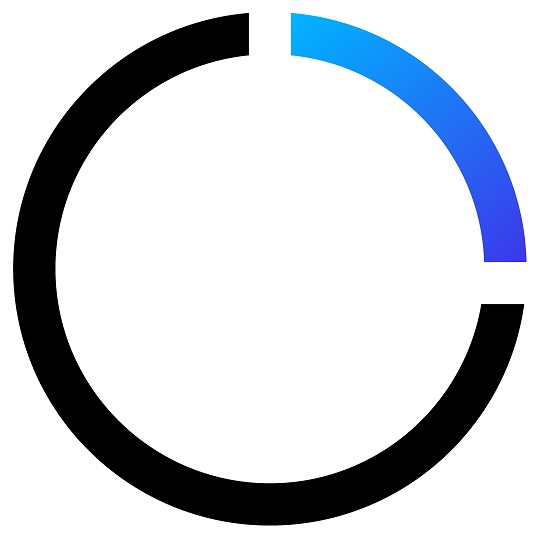
Why would anyone talk about B2B and B2C buyers like they are different species?
These are the same people, often buying the same services for slightly different reasons. Today, finding a romantic partner is as easy as swiping right on Tinder. A similar ease of use is expected by ALL buyers. B2B or B2C, there’s no difference.
Social selling leaders have been at the forefront of this change because they listen to their buyers and have watched their expectations evolve.
The Lesson of Dropbox
Way back in 2013, Dropbox recognized where the future was headed and allowed users to merge their personal and business storage accounts to a great collective sight of relief. Drew Houston, the founder of Dropbox, said at the time, HQ in San Francisco. “It’s really nice to have home and business together in the same place. I don’t want to have to carry two phones, and this is the same thing.”
A study by Forrester last year supports this line of thinking. They found that 83 percent of B2B buyers responded that they found it “important or very important” for vendors to deliver on the same day for work-related purchases online. Think of it as the Amazon effect. When consumers see that can get what they need from local couriers, why would any business wait for normal shipping just because they are at work? The report concluded that “B2B buyers expect a B2C-like shopping experience and omnichannel visibility.”
Elements That B2B Shares With B2C
Consider the implications of these two basic facts: 55 percent of consumers have no problem with paying more to guarantee a good experience and 67 percent say that a bad experience was the primary reason they stopped buying from specific vendors. While those results refer specifically to consumers, B2B vendors are living in the Age of the Customer just as much as B2C vendors are.
Peter Malamas at Foresee advised, “It’s important for B2B leaders to understand that the expectations of their B2B customers are now powerfully influenced by the best B2C customer experiences; thus, the typical B2B consumer’s standards are now much higher when it comes to B2B web, mobile, social, contact center, and physical location experiences.”
Stuck in the Old Ways
Still, a significant segment of B2B vendors has been slow to catch on to the changes in customer expectations. They are still used to doing business the old-fashioned way. B2B buyers used to request a sales presentation, arrange a demo six to eight weeks out through normal channels and finally sign off to get an invoice that they would submit to 100 layers of management. Those days are long gone.
Today, most successful lean organizations don’t have time for all that. B2B buyers expect ordering a complex B2B service to be just as easy as swiping right to say “Let’s meet!” They probably just ordered a pizza for the sales department using a lunch delivery app. Anyone who has ever ordered pizza for a group of hungry people knows that no business service delivery mechanism should ever be harder than that.
Push Vs. Pull
Hank Barnes, a research director at Gartner, explained what’s driving these changes based on their own research. After analyzing survey data from more than 500 organizations across the world, he concluded, “In the past, sales was dictating the flow of information — cold calling, sending out corporate marketing literature, meeting with prospective customers, conducting sales presentations and arranging high-level executive meetings in more of a push selling model. Now customers are deciding when and where the sales engagement will actually begin as well as how and where that interaction will take place in more of a pull model.”
This can be a boon for sales because it moves the slow-moving research stage outside the sales cycle. It allows sales to spend more time with buyers further along the buyer journey. This also implies that content can do more of the heavy lifting through digital transformation of the sales process and more targeted personalization.
Building Relationships
Tom Dougherty, UX Director at Delete, pointed out how ironic it is that B2B is falling behind as B2C is deploying more personalized content, “Using a data-led approach to drive advertising and customise content is, historically speaking, a B2B strategy but one used in the consumer space. It’s slightly ironic then that not more B2B companies are taking this approach to their marketing to further to build a deeper relationship with customers.”
Gartner predicts that within the next two years, more than 70 percent of B2B e-commerce sites will offer personalized features for customers. The report also suggests that 50 percent of B2B customers expect more personalized service recommendations.
What Buyers Expect Now
No matter how the sellers define themselves, buyers have the same expectations from vendors. Whether what they are buying is technically B2B or B2C, they expect to be treated with the same respect and to have access to the same information. They want a mobile-ready experience so they can buy goods for work or home while they are on the go. They want to have positive and friendly interactions on social channels whether they are signed into their own profiles or the official company page. Businesses that don’t heed this advice are missing out on a big chunk of the developing business scene.
{{cta(‘ec55a9f6-f4e1-449d-870d-899a003e60a8’)}}



